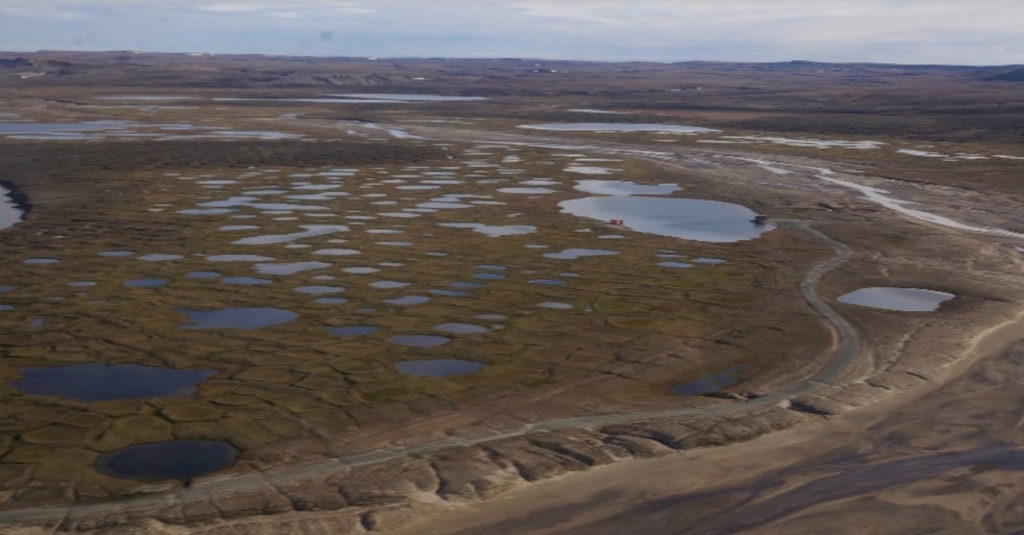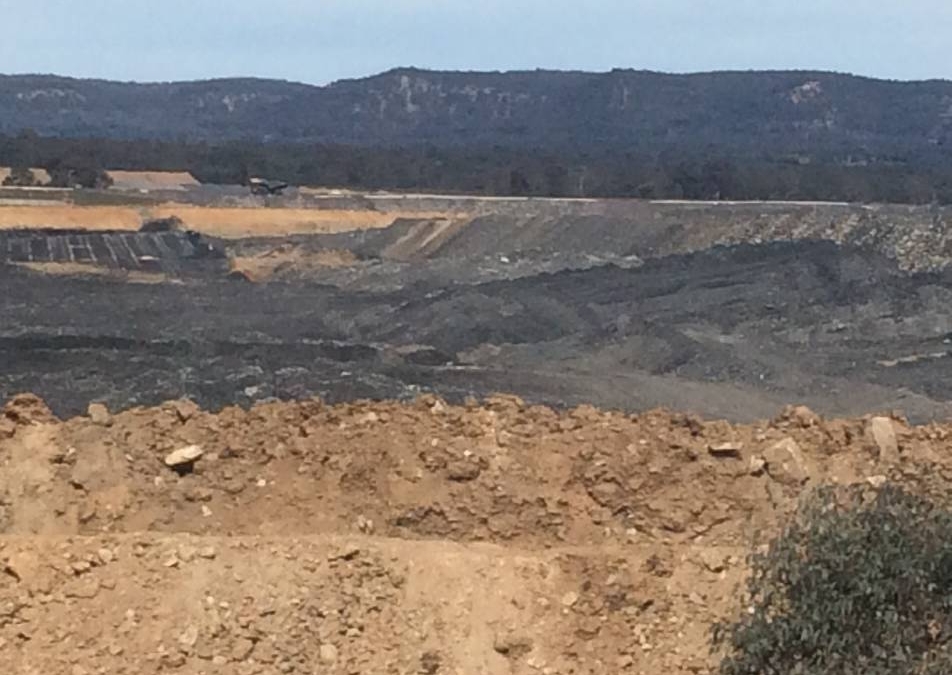Arctic permafrost melting 70 years sooner than expected, study finds – “This change is unprecedented on this kind of time scale”

By Jan Wesner Childs
14 June 2019
(The Weather Channel) – Scientists studying climate change expected layers of permafrost in the Canadian Arctic to melt by the year 2090.
Instead, it’s happening now.
A new study published this week in the journal Geophysical Research Letters revealed that unusually warm summers in the Canadian High Arctic between 2003 and 2016 resulted in permafrost melt up to 240% higher than previous years.
Louise Farquharson, a researcher at the Permafrost Laboratory at the University of Alaska Fairbanks and the study’s lead author, told weather.com the three areas of melting permafrost studied in remote northern Canada are believed to have been frozen for thousands of years.
“This change is unprecedented on this kind of time scale,” Farquharson said.
She noted that while scientists had predicted the permafrost wouldn’t melt for another 70 years, those forecasts didn’t take into account the unusually warm summers that have happened in recent years. While researchers believe all indicators point to warmer temperatures continuing, there’s no way to know for sure just how quickly the permafrost will continue to melt.
As permafrost disappears, it creates what’s known as thermokarst, a sinking landscape often pockmarked with lakes, holes and mounds. In one area the researchers studied, the ground sank about three feet.
“It was very surprising to just see how rapidly the landscape changed,” Farquharson said. “We started monitoring these sites back in the early 2000s and this landscape surrounding each of our stations was fairly flat. It was fairly easy to walk across the area.”
The transformation was startling.
“It’s pretty amazing,” Farquharson said. “There are these troughs of up to 90 centimeters (about 35 inches). It’s kind of like the elevation of a kitchen countertop. There are small ponds in many of these troughs. It’s quite a profound change.” [more]
Arctic Permafrost Melting 70 Years Sooner Than Expected, Study Finds
Arctic permafrost is going through a rapid meltdown — 70 years early
By Grant Currin
13 June 2019
(Live Science) – In the Canadian Arctic, layers of permafrost that scientists expected to remain frozen for at least 70 years have already begun thawing. The once-frozen surface is now sinking and dotted with melt ponds and from above looks a bit like Swiss cheese, satellite images reveal.
“We were astounded that this system responded so quickly to the higher air temperatures,” said Louise Farquharson, a co-author of the study and postdoctoral fellow at the Permafrost Laboratory at the University of Alaska Fairbanks. […]
The researchers recorded permafrost thawing to depths that were not expected until air temperatures reached levels the Intergovernmental Panel on Climate Change has predicted will occur after 2090, according to one of its “moderate” climate change models. The IPCC, which is a body of the United Nations, provides scientific information to help guide countries’ climate policies.
We had this flat terrain when we started monitoring. In 10 or so years, we saw the landscape transform.
Louise Farquharson, postdoctoral fellow, University of Alaska Fairbanks
The researchers believe higher summer temperatures, low levels of insulating vegetation and the presence of ground ice near the surface contributed to the exceptionally rapid and deep thawing. […]
“We had this flat terrain when we started monitoring,” Farquharson told Live Science. “In 10 or so years, we saw the landscape transform.”
Their data allowed the researchers to interpret the topographical changes happening before their eyes.
“We were able to tie together air temperature and ground temperature with the formation of this thermokarst terrain,” Farquharson said. [more]
Arctic Permafrost Is Going Through a Rapid Meltdown — 70 Years Early
Climate change drives widespread and rapid thermokarst development in very cold permafrost in the Canadian High Arctic
ABSTRACT: Climate warming in regions of ice‐rich permafrost can result in widespread thermokarst development, which reconfigures the landscape and damages infrastructure. We present multi‐site time‐series observations which couple ground temperature measurements with thermokarst development in a region of very cold permafrost. In the Canadian High Arctic between 2003 and 2016, a series of anomalously warm summers caused mean thawing indices to be 150–240% above the 1979‐2000 normal resulting in up to 90 cm of subsidence over the 12‐year observation period. Our data illustrate that despite low mean annual ground temperatures, very cold permafrost (<‐10°C) with massive ground ice close to the surface is highly vulnerable to rapid permafrost degradation and thermokarst development. We suggest that this is due to little thermal buffering from soil organic layers and near surface vegetation, and the presence of near surface ground ice. Observed maximum thaw depths at our sites are already exceeding those projected to occur by 2090 under RCP 4.5.
- Observed thermokarst development in very cold permafrost at 3 monitoring sites along a 700 km transect in the Canadian High Arctic.
- Rapid landscape response to above average summer warmth is due to limited thermal buffering from overlying ecosystem components and near‐surface ground ice.
- Change was greatest at Mould Bay where thawing index values were 240% above historic normals causing ~90 cm of subsidence in 12 years.


